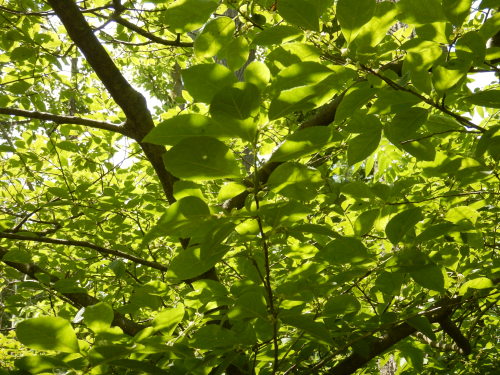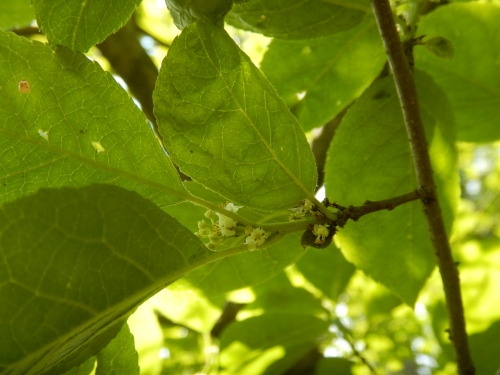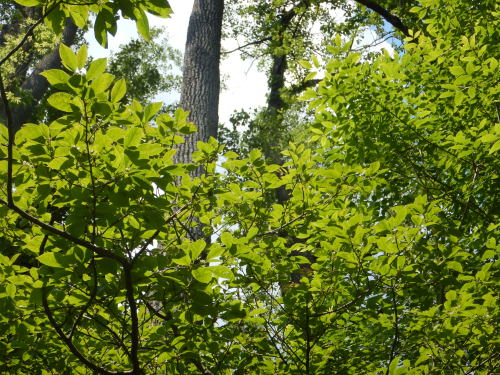#rhus aromatica

species that often was associated with alkaline dry hillsides, open talus hillsides, and has it’s core in the barren sections of the Ozarks but does well in barren sections in the ILP as well. It was at one point an incredibly common species before amur honeysuckle and heartstopper buckthorn. Now, in Ohio we see it rarely, even less so than the niche companion Dr. Lucy Braun’s field notes on it mentioned, which is Rhus aromatica.
Late June is when this species is in bloom, an incredible nectar source.
I wish nurseries would give us the option of this plant because of this.
I included a stem shot of spice bush and lance leaf buckthorn because of the lenticel patterns often having over lap and they both form understory thicket often along the same forested hillsides, crack the leaves if your not sure, spice bush is very aromatic.
Aside from that, I would like more people to report this species via I naturalist when they find it if they are in east coast states, the south, or the ILP where it is uncommon or rare.
Post link







